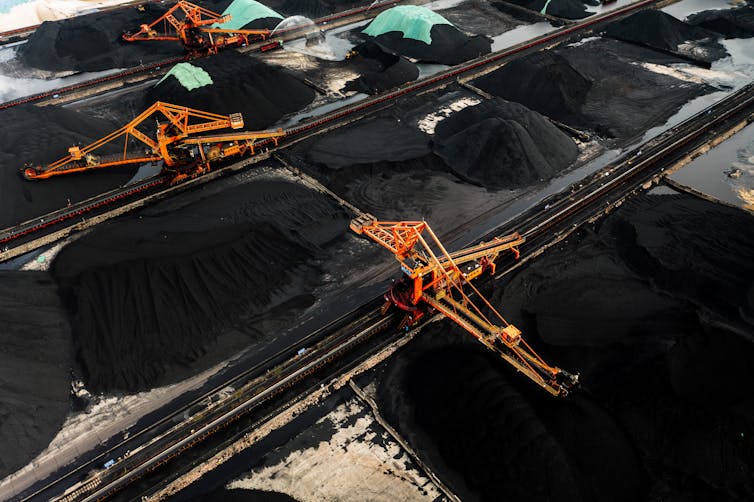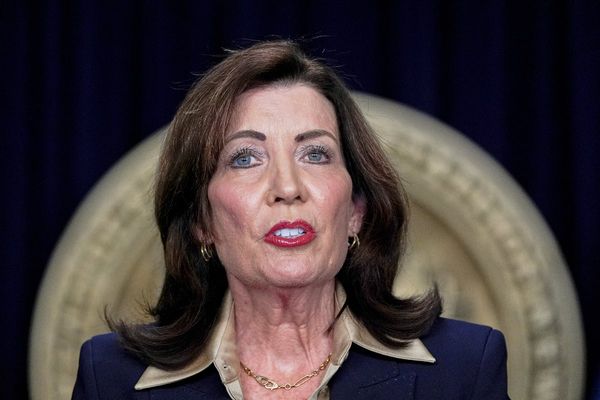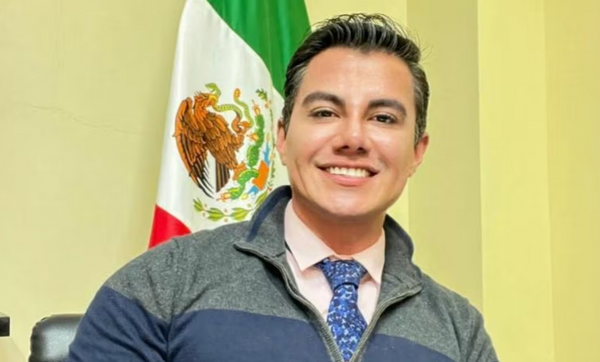The second Trump administration has announced various anti-climate policies under its “America first” strategy. Leaving the Paris agreement, kicking off a trade war, shutting down USAid and drilling for more oil and gas will not only undermine the US’s international reputation but will undermine the global effort to combat climate change.
With the US in retreat from climate action and Europe preoccupied by security challenges, new leadership is urgently needed. China may be poised to fill this gap.
The country is already dominant in most clean technologies, and its top leaders say climate action can help the country fulfil its responsibilities as a major power. The Chinese president, Xi Jinping, reiterated this message at a recent closed-door meeting of heads of state, organised by the UN secretary general to discuss the climate crisis.
After nodding to the Trump-initiated global economic shock, Xi said China “will overcome the headwinds and steadily move forward global climate governance”.
But to take on this leadership, Beijing must first strengthen China’s domestic policies along with its support for climate action in the global south. The country has made remarkable progress on clean energy and its carbon emissions may peak this year.
But more than 60% of the electricity generated in the country still comes from coal, and it remains unclear how fast the government plans to phase out fossil fuels. Meanwhile, some provincial governments are still issuing permits to add new coal-fired power plants.

There are things China can do almost immediately to show its commitment to climate action and rebuild international confidence in the Paris agreement. First, it must set very ambitious pledges to reduce its emissions for the coming decades ahead of this year’s UN climate conference (Cop30) to be held in November in Belém, Brazil.
China was one of the many countries that missed a February deadline for submitting its targets (only 15 countries were on time). Until now, Beijing’s strategy has been to “wait and see” given the turbulence caused by the new Trump administration.
What China ends up pledging will have a profound impact on global ambition. An ambitious target might mean reducing its emissions from their peak level by at least 30%. This is still achievable if the country can maintain its current progress in renewables.
Despite the missed deadline, there are some positive noises coming from Beijing. In a recent high-level meeting organised by the UN secretary general, Xi announced that China’s next set of emission reduction targets, covering the period up to 2035, will cover all economic sectors and all greenhouse gases.
This will be a major progress compared to China’s previous pledges, which only covered carbon dioxide (China is the world’s biggest emitter of the potent greenhouse gas methane, for instance) and did not integrate national targets into individual sectoral policies.
More support for developing countries
China has also been instrumental in bridging gaps between developed and developing countries in recent international talks. This was especially the case during negotiations at Cop29 last year in Baku, Azerbaijan, for a new global climate finance goal.
Climate finance, in this context, refers to providing developing countries with the resources to help them reduce their emissions and adapt to climate change. China still has developing country status in the UN’s climate change convention and, as such, has no official obligation to provide international climate finance.
Despite this, it has already provided or helped raise around US$24.5 billion (£18.32 billion) for clean energy, disaster recovery and other climate actions in developing countries. That makes it the world’s fifth-largest climate finance donor according to some estimates.
But for this investment to have a lasting impact, Beijing needs to be more transparent about where its funding goes and how projects are financed. It should also get local people more involved in designing and implementing the projects it funds.
Reform the system
China should also play a major role in reforming the global financial system to make it aligned with the Paris agreement. As a strong supporter of green finance, it can influence upcoming international talks such as the Financing for Development conference in Seville, as well as the UN’s negotiations on international tax cooperation. As co-chair of the G20’s sustainable finance working group, China also has the opportunity to push for more funding to support net zero.
China is by far the world’s biggest producer of renewables, batteries, electric vehicles and many other clean technologies, and is in a unique position to supply them affordably.
While it has already exported lots of these products, many developing countries still don’t have the know-how or the basic infrastructure to make the most of them (solar farms are of limited use if you don’t have a battery capable of storing the electricity they generate, for instance). China can address this by partnering with other governments in the global south to share technologies and invest in manufacturing.
With global climate leadership at risk, China has the chance to step up. As an emerging superpower with advantages in clean technologies and a leadership that recently reaffirmed their commitment to climate action, the country is well positioned. The world is watching to see if China will follow through.
Don’t have time to read about climate change as much as you’d like?
Get a weekly roundup in your inbox instead. Every Wednesday, The Conversation’s environment editor writes Imagine, a short email that goes a little deeper into just one climate issue. Join the 45,000+ readers who’ve subscribed so far.
Yixian Sun receives funding from UKRI Future Leaders Fellowship (grant number: MR/X035956/1).
This article was originally published on The Conversation. Read the original article.







